The Reptile (1966)
Directed by: John Gilling
Written by: Anthony Hinds
Starring: Jacqueline Pearce, Jennifer Daniel, Noel Willman, Ray Barrett
UK
AVAILABLE ON BLU-RAY AND DVD
RUNNING TIME: 91 min
REVIEWED BY: Dr Lenera, Official HCF Critic
Harry Spalding inherits his late brother’s cottage and arrives in the village of Clagmoor Heath in Cornwall with his new bride Valerie. The inhabitants keep clear of the newly arrived couple, and only the publican Tom Bailey befriends them. Bailey explains that the hostility exhibited by the townspeople is the result of many mysterious deaths in the community from what is deemed to be the ‘Black Death’. However, there’s something strange about Spalding’s neighbour Dr. Franklyn, who lives in a large house with a silent Malay servant and his daughter Anna whom he treats rather cruelly….
While Rasputin, The Mad Monk does share a few similarities with Dracula: Prince Of Darkness in addition to the shared sets, The Reptile really does come across as a companion piece to the film which it was shot immediately after: The Plague Of The Zombies. It has virtually the same setting and they don’t seem to make any attempt whatsoever to alter some of the sets, it has a story that is very similar and which also involves the threat of corruption being visited upon a small community by a foreign-born ‘plague’ imported as a result of colonial meddling in an alien culture, and it even has some shared scenes, even though it’s doubtful that the latter was intentional. The film also seems like a partial reworking of The Gorgon as well as being even closer to the werewolf movie than that film, especially Werewolf Of London. It’s a rather stately piece, talking its time to tell its rather slender story, though it’s a tale with some interesting ingredients. With much of the running time taken up with dialogue, the shock scenes are brief but very well executed and there’s something rather bleak and disturbing about the whole thing which sometimes hints at some truly dark stuff. I don’t think that it’s quite one of the Hammer classics, but it certainly has some distinctive qualities.
What was originally called The Curse Of The Reptiles was rejected by Universal in 1963, but in 1965 Hammer resurrected it as The Reptile, Anthony Hinds scaling down his story outline when he wrote his screenplay for the film. The BBFC weren’t sure about the biting scenes, but it was the MPAA [US censors] whose objections resulted in some script changes, principally to remove a reference to whipping and to alter a scene involving the Reptile’s shed skin. Then director John Gilling again decided that a Hinds script was not up to scratch and set about rewriting it just before shooting begun at Bray Studios, though Hammer also went slightly further afield for this one. A cottage in West End, Surrey was the exterior of the Spalding cottage, while nearby Chobham Common and Grange Farm near Chichester, both in Surrey, doubled fairly well for the moors of Cornwall. This film was actually made more cheaply than the previous three which had all gone over budget until co-producer Anthony Nelson Keys deemed the Reptile scenes to be not scary enough and asked for some reshoots and inserts to be done, something which actress Jacqueline Pearce hated as she suffered from claustrophobia which made wearing her makeup a nightmare, and which made her swear never to wear creature makeup again. The Reptile was released in many places on a double feature with Rasputin, The Mad Monk, though this pairing didn’t fare too well commercially and the film was for some time easily the most obscure of the four 1966 Bray-filmed pictures.
Hammer went in for rather too much [of course you expect some] of the usual day for night shooting with this film and it slightly hampers a few scenes notably the first one, where it’s painfully obvious that a man walking in the moors is doing so in broad daylight due to some lighting which can’t be disguised by slightly darkening the picture. The beginning scene still works quite well though and has a good atmosphere to it as the man hears Asian snake charmer-type music playing in the distance, goes to his house to find a note, sets off towards another house and, finding the door open, goes in and wonders about until Dr. Franklyn appears to cry “Get away”! before a figure comes behind and bites him – whereupon he foams at the mouth and falls down the stairs to his death! While very low on blood, the effects of the Reptile’s bites on people in this film are quite nasty to look at, the area directly around the bite marks starting to turn a greenish-black which eventually spreads to the head right around the eyes, and then the victims begin to foam from the mouth. Anyway, our newlyweds arrive in Clagmoor Heath and find that their house has been ransacked. Worse than that, when Spalding enters the local pub all the patrons leave – on two occasions. “They don’t like strangers in these parts” warns Michael Ripper in the first of several publican roles he would do for Hammer [though this one could be the largest part he ever played for them], this one reveling in cliches rather more than The Plague Of The Zombies which sometimes subverted them.
Even though it’s highly obvious who the Reptile is right from the start, the way little bits of the story’s background are gradually revealed to us and our perspectives on the characters change is quite nicely done. Initially it seems like Dr. Franklyn is unnecessarily cruel to his daughter, notably in a scene with a surprising hint of incest as Anna plays a sitar and goes into a trance, looking at her father with an expression of both defiance and sexuality, before father grabs the instrument from her and smashes it up. It then seems that the character known only as the Malay [Marne Maitland, in a rare example of a Hammer non-white character played by someone of the exact nationality stated in the script] is also a nasty being and has the other two in some kind of cruel trap. As in the previous film but stronger here, there are distinct racial aspects, part of the premise being based on fear of foreigners, and also a sense of colonial guilt in the idea of arrogant Brits interfering in alien cultures they should leave alone. While these themes aren’t shoved into the viewer’s faces they’re still there and help to give the goings ons some weight, though the most powerfully evoked element is the grim relationship between father and daughter. When the seemingly almost-sadistic Franklyn reveals how he actually adores Anna, it’s quite an emotional moment. The Reptile may not have a heartbreaking romance like The Gorgon, and for much of the time is a much colder picture, there is humanity, and emotion, and some thought given to the characters. As is sometimes the case with Hammer though, the running time isn’t enough to develop certain aspects to their full potential.
The Reptile is fairly low on excitement and has few set pieces, but there’s a rather splendid moment of horror when Spalding awakes to hear tapping on a downstairs window and goes downstairs to be greeted by the sight of a man’s face pressed against the window, plus a few surprisingly unsettling images like Anna writhing under a blanket and the finding of some shed skin in a bed. The face of the Reptile, which included appliances created from a mold taken of real snakeskin, looks terrific with its huge red eyes and glycerine salivating from the mouth. Makeup expert Roy Ashton’s final work for Hammer ranks among his best efforts. However, the Reptile also goes around in a green dress, which is either intended to be her skin and Hammer just did a seriously bad rush job on it, or it’s something she puts on whenever she turns reptile. Probably the former, sadly. And those un-altered Cornish sets really do create a strange feeling when you watch the film a few days after The Plague Of The Zombies. This one’s a little less naturalistic in look though, with more obvious use of certain colours like blue at night time, which became common much more recently but wasn’t at all back in 1966. And the outdoor locations really are well chosen – they look quite bleak and devoid of life.
Craggy faced Ray Barrett has more personality than the usual Hammer young [ish] hero though I’m not sure Noel Wilman [Dr. Franklyn] from The Kiss Of The Vampire quite pulls off his complex character. In any case it’s Jacqueline Pierce who’s the standout as the really rather tragic Anna; the actress has a unique, almost alien quality about her which later stood her in good stead for Blake’s 7. Composer Don Banks gives us a terrific main title piece with a theme using the Asian pentatonic scale backed up by exotic percussion. His score throughout blends Asian and European tones and chord structures while also including some lovely music for our central couple. It’s probably Banks’ strongest score after Rasputin, The Mad Monk and, while I remain a fan of James Bernard first and foremost, watching the films Banks scored with a keener ear has made it clear to me how good he was in his own right. The Reptile is, in the end, a film a little hampered by being a Hammer film, because it can’t go too far down the interesting pathways it suggests, yet at the same time doesn’t entirely explain the things that it does contain. I didn’t used to think much of it really, but it’s a Hammer film which comes across much better when you’re a bit older and are happier for films to take their time, and to be simple on the surface yet be a bit more complex underneath.

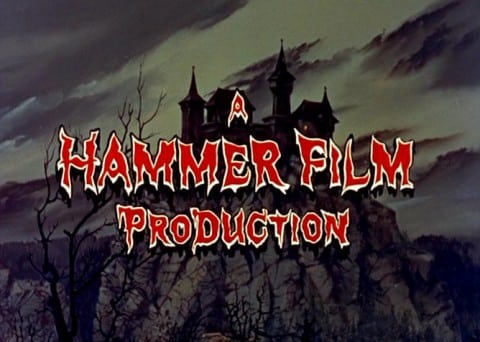
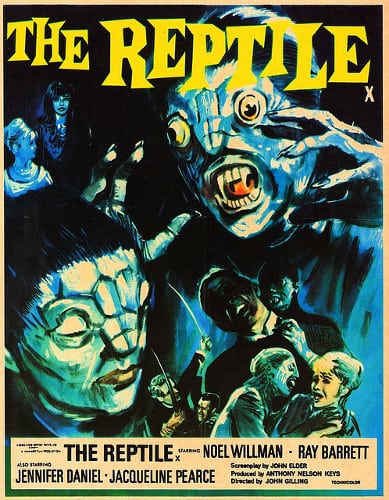

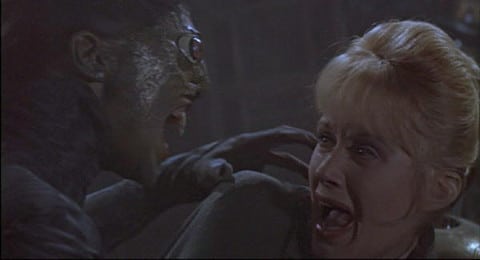




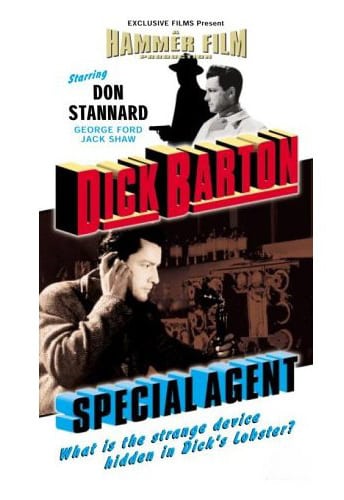
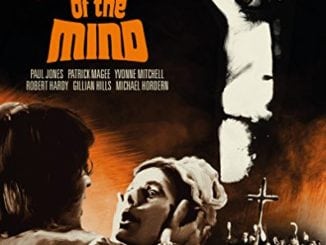
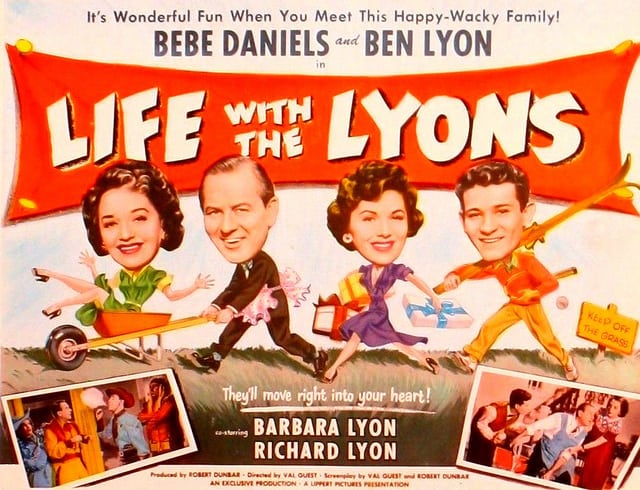
Be the first to comment